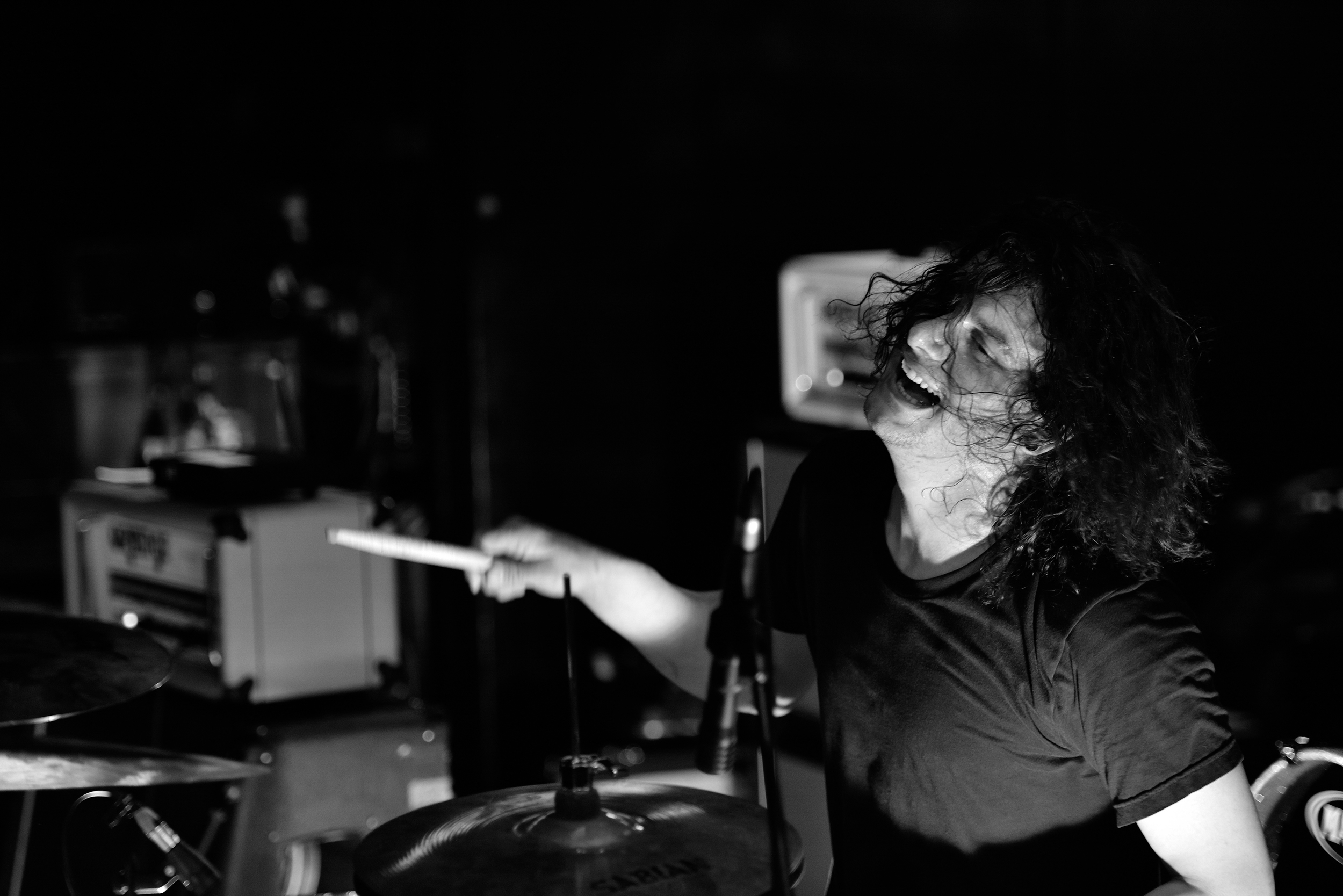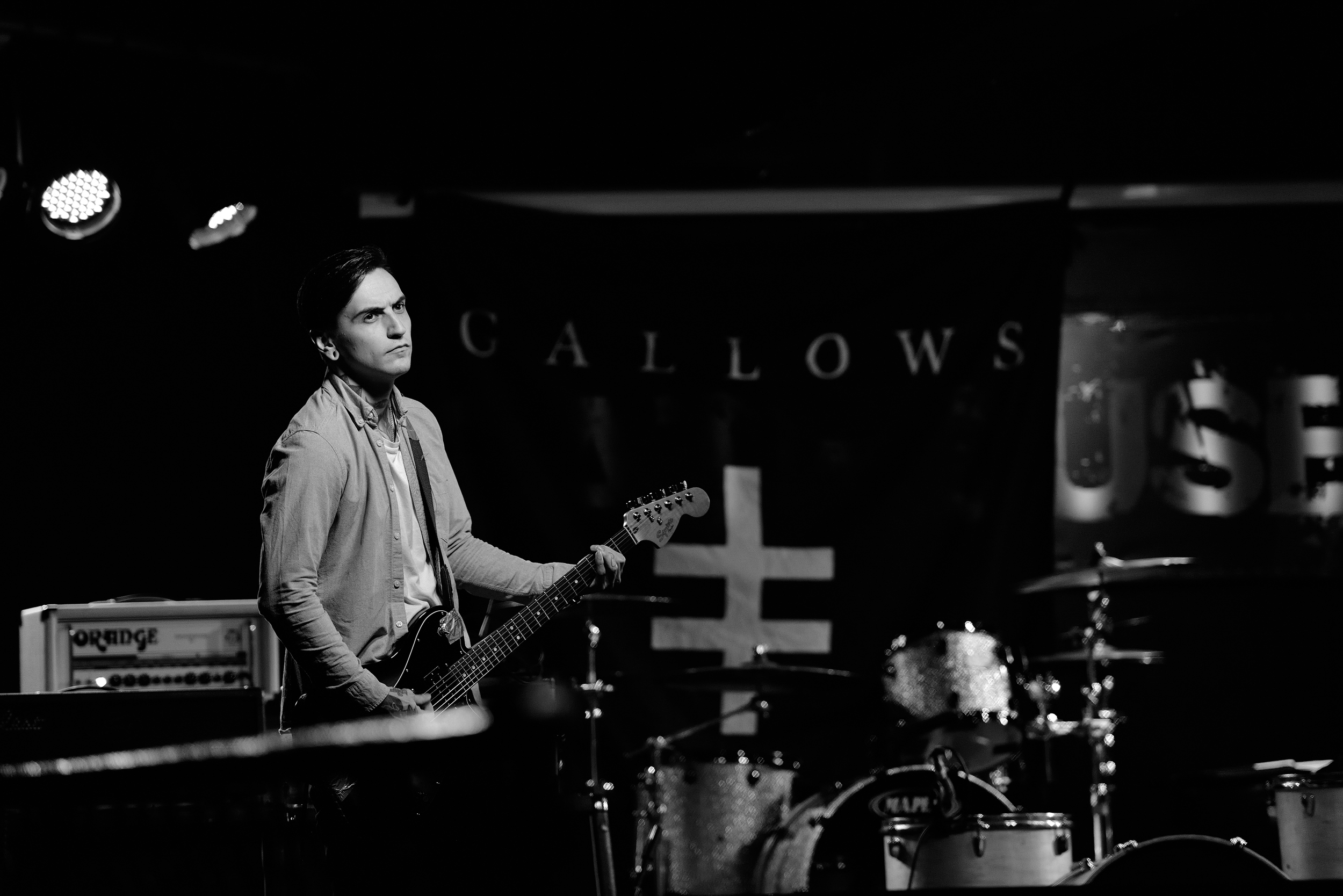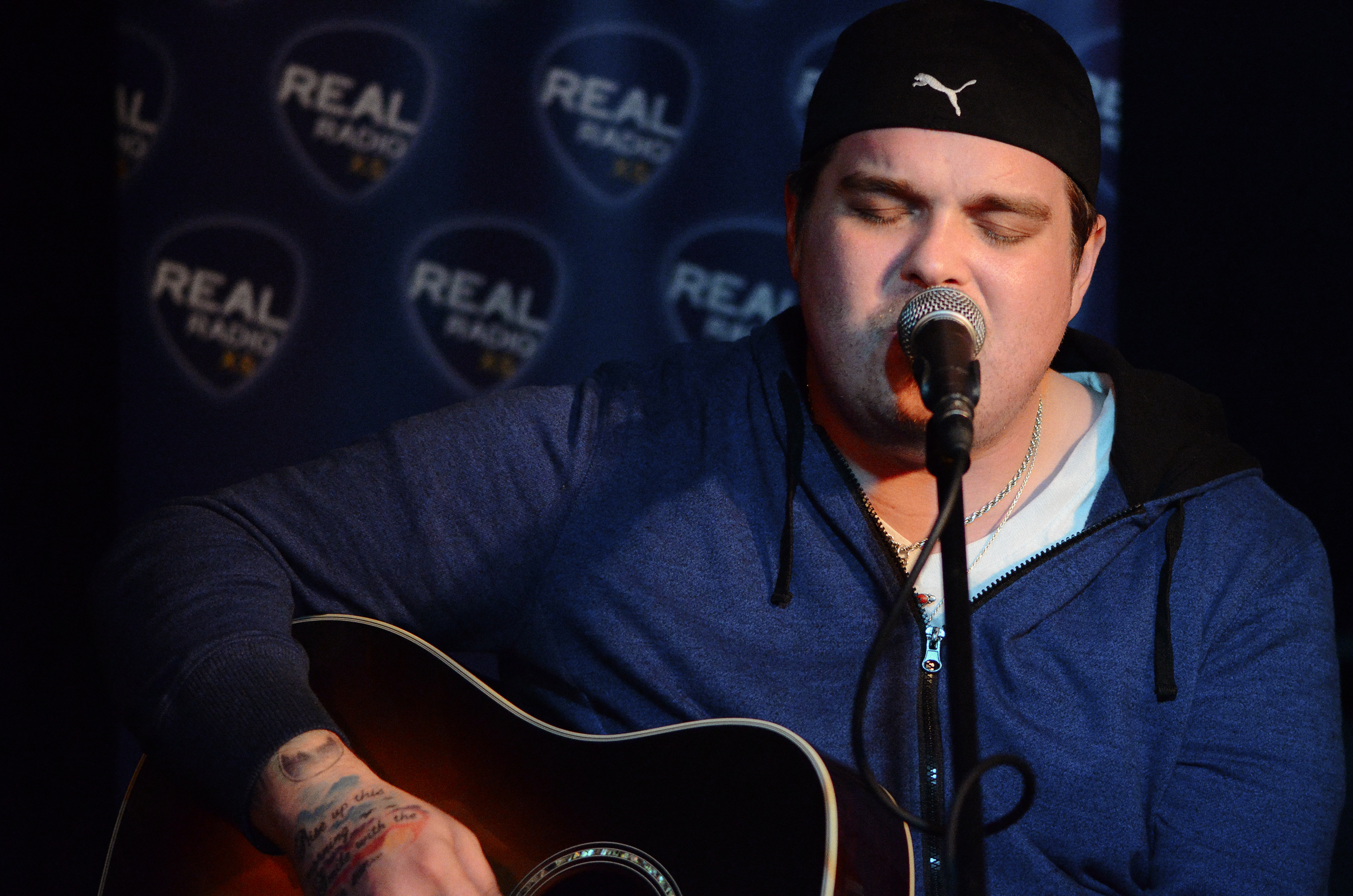Pay-to-Play Gigs: A Guide for Independent Musicians
Pay-to-Play Gigs: A Guide for Independent Musicians
Introduction: The Pay-to-Play Dilemma for Emerging Bands

For emerging bands navigating the live music circuit, securing gigs can often feel like an uphill battle. The scarcity of opportunities can make any offer seem tempting, yet one type of arrangement consistently sparks controversy and warrants careful consideration: the pay-to-play (P2P) gig.
Pay-to-play in live music is not a recent invention and its roots can be traced alongside other controversial industry practices, such as payola. While the forms evolve, the underlying principle of artists paying for publicity persists.
In simple terms, pay to play transfers the financial risk inherent in promoting live music from the venue or promoter onto the artist. Promoters utilising these models effectively guarantee their own profits or cover their overheads, irrespective of actual audience turnout, placing the burden on the performers who are often least equipped financially to handle it.
This blog post aims to demystify the pay-to-play landscape. It will define the various forms P2P takes, delve into the criticisms levelled against it and the justifications offered in its defence, explore potential alternatives, and ultimately provide independent bands with the necessary knowledge to critically evaluate gig offers and make informed decisions about their live performance careers.
Part 1 - What Exactly is "Pay-to-Play"? Unpacking the Models
At its core, pay-to-play describes any live performance arrangement where the artist, rather than the promoter or venue, assumes the primary financial risk or directly pays for the opportunity to perform. This fundamentally reverses the traditional model where performers are compensated for their services, with the promoter or venue investing in talent and promotion to attract a paying audience. It's crucial to understand that P2P doesn't always involve handing over cash upfront; it often manifests in more nuanced ways.
Common Scenario 1: Ticket Pre-Sales
Perhaps the most prevalent form of P2P involves ticket pre-sales. In this setup, a band is required to purchase a predetermined number of tickets for their own show directly from the promoter or venue.
The band must then attempt to sell these tickets to their fans, friends, and family.
The critical aspect here is the transfer of financial risk. The promoter or venue secures guaranteed income from the ticket pre-sale, regardless of how many people actually attend the show.
If the band fails to sell all the tickets they were forced to buy, they absorb the loss. Effectively paying out of pocket for the privilege of playing. Even if the band manages to sell their allocation, the financial return is often minimal.
This can be chopped up a number of different ways but the two most common; using entirely theoretical numbers are:
- A band might buy 100 tickets for tickets for £5 each and sell them for £10.
- Or
- A band might buy 100 tickets and be able to sell them for whatever they want but owe £500.
Either way, the structure is deeply unfavourable and turns the band into, at best, poorly paid ticket sellers and at worst, suckers who are £500 down.
To add insult to injury, you often need to hand over any unsold tickets before the doors open so that the venue/promoter can benefit from the revenue generated from walk-ins.
(Walk-ins which may have come as a result of your hard work in promoting their event.)
Our advice is to steer clear.
Common Scenario 2: Direct Fee / Buying On
A more straightforward P2P model involves the band paying a direct, upfront fee to the promoter or venue for a performance slot.
It’s rare for very small gigs and frankly you should run a mile if so. Not unheard of for a showcase type event and often a nominal amount.
Most frequently this involves handing over substantial sums for bands seeking to buy on as a support act for national tours or larger festivals.
While more transparent than the pre-sale model, this arrangement still places a financial burden on the artist.
The justification usually centres on the perceived value of the opportunity. This includes access to a larger audience, merch sales, association with a well-known headliner, or the prestige of playing a specific venue.
However, the payment guarantees the slot, not necessarily a positive outcome or return on investment for the band.
Given the high cost of organising a tour and the fact that, yes, sometimes the value of the opportunity is genuinely worthwhile I can understand the value of buying on.
However, if you’re reading this blog to understand how it works then chances are you are not ready for this. So again, our advice is to steer clear.

Common Scenario 3: High Minimum Draw Requirements
A less common and more subtle version of P2P is one where bands only receive payment after a specific number of their own fans pay admission at the door.
The fans are usually asked to clarify which band they are there to see and the venue keeps tabs on it.
The venue typically sets a minimum threshold and keeps all the money collected below that number for each act.
Only once a band has surpasses its individual minimum it begins to earn a percentage of the door take.
Whilst you may not be directly out of pocket it still heavily favours the venue, especially on multi-band bills.
This arrangement functions similarly to direct P2P, as bands invest effort and mobilise their fanbase, generating revenue primarily for the venue without guaranteed compensation.
The big risk here is where several bands each bring a crowd just below their individual minimums, the venue can collect significant revenue from the combined attendance while paying the bands nothing.
Whilst not as controversial as traditional pay to play, there is still a risk of putting in a significant amount of effort in return for no financial reward so be aware of the numbers and your likelihood of pulling a crowd.
Common Scenario 4: Making you the promoter
Seems kinda obvious but a venue might advertise that it wants bands to play.
Then charge them a fee for hiring the venue.
And leave them responsible for the advertising and running of the event.
In this sense, you are the promoter. Which is totally cool, so long as you understand that part.
This is the only form of pay to play we fully endorse. Put on a gig. Make some noise.
Not sure how to promote an event? Well, read this link here. (Note: Link not provided in original text, placeholder for you to add)
Distinguishing from Legitimate Costs and Investments
It is important to differentiate P2P from legitimate financial aspects of gigging.
Standard industry practice may involve deducting agreed-upon expenses, such as a reasonable fee for the sound engineer or door staff, from the total door revenue before splitting the remainder with the bands. This represents a shared cost for essential services.
Similarly, P2P should not be confused with the necessary investments bands make in their careers, such as purchasing equipment, covering travel costs, or producing merchandise.
There’s also nothing wrong with playing unpaid gigs. In fact, early on in your career you should expect to do a lot of these.
These gigs; like free open mic nights; should be viewed as practice platforms for new performers.
But the issue we have is when you are charged either directly, or by doing the work of the promoter, without fair compensation.

Part 2: "Exploitation or Opportunity Cost?" - The Case Against P2P
The pay-to-play model faces widespread and vocal criticism from various corners of the music industry, primarily centred on ethical and practical concerns.
Primary Criticism: Financial Exploitation
The most fundamental objection is that P2P constitutes financial exploitation. Critics argue that it preys on the passion and ambition of musicians, particularly emerging artists desperate for stage time, by forcing them to pay for the opportunity to work or to shoulder unreasonable financial risks. The potential for bands to lose significant amounts of money is a major concern, turning the pursuit of performance opportunities into a costly gamble.
Devaluation of Music and Musicians
Pay-to-play undermines the principle that music is a profession and musicians are skilled workers deserving of fair compensation for their labour. Instead of being hired and paid for providing a service, the artist effectively becomes the customer and pays the venue or promoter for access. This devalues musical performance and contributes to a broader culture where musicians are expected to work for free or under exploitative conditions in exchange for exposure.
Poor Quality Events & Mismatched Bills
A common practical criticism is that P2P often leads to poorly curated events. Promoters operating under this model frequently prioritise bands based on their willingness and ability to pay or sell tickets, rather than on musical quality, genre compatibility, or potential audience appeal. This can result in disjointed lineups featuring a random assortment of acts, creating a subpar experience for both the performers and any genuine music fans who attend.
Lack of Promoter Incentive & Effort
Because P2P models minimise or eliminate the promoter's financial risk, there is significantly less incentive for them to invest time, effort, and resources into genuinely promoting the show. Standard promotional activities are often neglected and the burden of promotion falls almost entirely on the participating bands, who are primarily reaching out to their existing circles. Consequently, P2P gigs frequently suffer from low attendance, with bands finding themselves playing to near-empty rooms or audiences composed solely of their own friends and family members.
Negative Impact on Artist Development
The demands of P2P, particularly the pressure to sell tickets, can distract bands from core activities essential for artistic growth, such as writing, rehearsing, and honing their craft. It fosters a stressful environment that can detract from the creative process and the enjoyment of performing. Rather than focusing on building a sustainable fanbase organically through compelling performances, bands become preoccupied with short-term sales targets.
Creation of an Uneven Playing Field
Pay-to-play inherently favours artists who possess greater personal financial resources, irrespective of their talent or musical merit. Bands that can afford to buy tickets upfront or pay direct fees gain access to performance opportunities that might be closed off to equally or more talented musicians from less affluent backgrounds. This creates an inequitable system where financial standing, rather than artistic quality, can dictate stage access, erecting barriers for many aspiring artists.
The persistence of P2P can be understood partly as a self-perpetuating cycle. Promoters who minimise their own risk often invest little in promotion, leading to poorly attended shows. This outcome may then reinforce the promoter's view that bands cannot draw audiences independently, thus justifying the continued demand for P2P arrangements. Bands feeling pressured by the scarcity of gigs might accept these deals, inadvertently validating the model for the promoter and allowing the cycle to continue. This dynamic hinders the development of healthier, more supportive local music ecosystems where promoters invest in talent and build audiences collaboratively with artists.
Furthermore, certain P2P structures, particularly those requiring bands to meet individual draw minimums before receiving any payment, actively create competition and discourage cooperation among acts on the same bill. This undermines the collaborative spirit often vital to thriving local music scenes, where bands might otherwise support each other, share audiences, and collectively build a stronger community. Beyond the direct financial implications, P2P can therefore damage the social fabric and cooperative potential within a music scene.
Part 3: The Other Side of the Coin: Why Does P2P Persist?
Despite the strong criticisms, pay-to-play arrangements continue to exist in the live music landscape. Understanding the justifications offered by promoters and venues, as well as the perceived benefits cited (however controversially), helps explain its persistence.
Covering Costs & Reducing Risk
The primary argument from the venue or promoter perspective revolves around financial necessity and risk management. Operating a live music venue involves significant overhead costs, including rent, staffing, utilities, insurance, and equipment maintenance. Booking emerging bands with unproven drawing power represents a financial risk; there's no guarantee that ticket sales and bar revenue will cover expenses. Given the challenging environment in which many venues operate, P2P models ensure that the venue or promoter covers at least a portion of their costs upfront, thereby reducing their financial exposure and ensuring the event's basic viability.
Ensuring Band Promotion & Attendance
Another key justification is that P2P incentivises bands to actively promote their own shows. By making the band financially responsible for selling tickets, promoters argue they ensure a baseline level of attendance, which drives crucial bar revenue and creates a better atmosphere. Some promoters contend that without this financial stake, bands might not put sufficient effort into promotion, leading to empty venues. This model effectively transfers a significant portion of the marketing burden from the venue/promoter to the artists.
Market Realities & Supply/Demand
Some proponents invoke basic market economics. In many music scenes, particularly major hubs, the supply of bands seeking performance opportunities vastly exceeds the number of available venue slots and the demand from paying audiences. This intense competition creates a "buyer's market" for stage time, where venues and promoters hold leverage.

Part 4: Alternatives To Pay-To-Play
Fortunately, pay-to-play is not the only option for securing live performances. While competitive markets present challenges with a high density of artists seeking gigs, focusing on building value and pursuing fairer arrangements is the most sustainable path for independent bands.
Standard Fairer Gig Deals
Several common deal structures offer more equitable arrangements for performers:
- Guarantee: This is often considered the ideal scenario for bands. The venue or promoter agrees to pay the band a fixed, pre-negotiated fee for the performance, regardless of attendance or door revenue. The financial risk rests entirely with the venue/promoter. Securing guarantees typically requires bands to have a proven track record of drawing a paying crowd.
- Door Split: A very common arrangement for developing artists involves splitting the revenue collected at the door between the band(s) and the venue according to an agreed-upon percentage. Ratios vary, but splits like 70% for the band and 30% for the venue or promoter are frequently encountered. This model shares the risk and reward; if the show is well-attended, both parties benefit.
- Door Split After Expenses: A variation on the percentage deal involves deducting legitimate, pre-agreed expenses from the gross door revenue before the remaining amount is split. These expenses typically cover essential personnel like the sound engineer and door staff.
- Versus Deal: This hybrid model offers the band either a guaranteed fee or a percentage of the door split, whichever amount is higher. This provides a safety net while allowing the band to earn more if the show is particularly successful.
Proactive Strategies for Bands
Rather than passively waiting for offers (which may often be P2P), bands can take proactive steps to secure better gigs:
- Build Your Audience: The single most effective way to gain negotiating power is to cultivate a dedicated fanbase that will reliably attend shows. Focus on building an email list, engaging authentically on social media, creating high-quality music, and delivering compelling live performances that make people want to return. Read more about that HERE.
- DIY Shows: Organize your own events. Renting a small venue, VFW hall, community space, or even hosting house concerts allows bands to control the lineup, promotion, ticket price, and finances. Collaborating with other compatible bands can share the workload and costs, and all profits go directly to the artists involved. This is a direct way to invest in yourselves. Read more about that HERE.
- Targeted Outreach: Research venues and promoters in your area. Prepare a professional Electronic Press Kit (EPK) with music samples, photos, bio, and contact information, and approach them directly. Look beyond traditional music clubs to consider cafes, art galleries, breweries, or private events.
- Networking: Build genuine relationships within your local music scene. Attend shows, support other bands, talk to promoters and venue staff. Meaningful connections can lead to gig swaps, support slots, and valuable advice far more effectively than cold P2P offers. Collaboration strengthens the scene for everyone.
- Use Scenebud: It’s a one stop shop for bands to promote their gigs, network with other bands and grow their audience.
Part 5: Conclusion: Navigating Gig Offers with Confidence
The landscape of live performance opportunities for emerging bands is complex, and the pay-to-play model represents one of its most problematic features. This report has dissected the various forms P2P takes, revealing its core function as a mechanism for transferring financial risk from promoters and venues onto artists. While proponents justify P2P by citing cost recovery, guaranteed promotion, and market realities, the criticisms are substantial and persuasive. P2P is widely condemned for exploiting musicians and devaluing their work, often leading to poor quality events and an uneven playing field.
In short, we at Scenebud recognise the stresses that venues and promoters are up against, but stand against Pay-To-Play in all but a few, rare circumstances.
